SOURCE: AFI
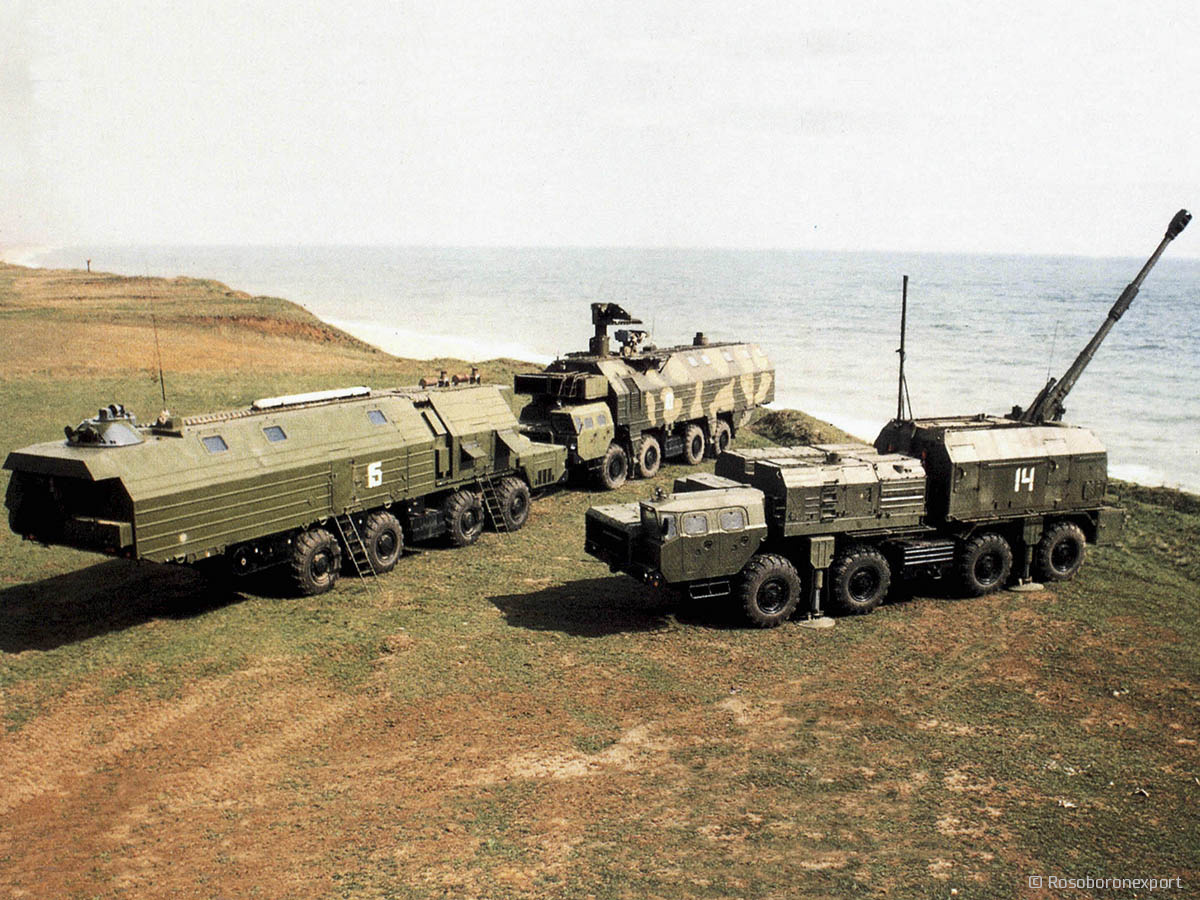

In a significant shift towards bolstering its coastal defense capabilities, the Indian Navy is reportedly considering the procurement of more advanced 155mm Howitzer guns. This move aims at enhancing low-cost anti-ship and coastal defense operations, particularly for engaging near-shore targets, marking a departure from the currently deployed 105mm Light Field Guns.
The Indian Navy’s current setup for coastal artillery includes the 105mm Light Field Gun, which has served its purpose but lacks the range and firepower necessary in modern naval warfare scenarios. These guns, while effective in their time, do not match the extended reach or the punch required to counter contemporary threats from surface ships or to provide robust defense along India’s extensive coastline.
Continue readingSOURCE: AFI


India’s strategic defense community is expressing caution regarding the recent French offer to co-develop an engine for the Advanced Medium Combat Aircraft (AMCA) program. This skepticism stems from past experiences with French aerospace giant Safran, previously known as Snecma, in a collaboration that proved largely unproductive.
In the late 2010s, India embarked on a journey to upgrade its indigenous Kaveri engine through a partnership with Snecma. The aim was to enhance the engine’s performance, particularly for use in the Tejas Light Combat Aircraft (LCA). However, after four years of discussions, the collaboration was mired in challenges, primarily due to Snecma’s reluctance to share pivotal technologies.
Continue readingSOURCE: AFI
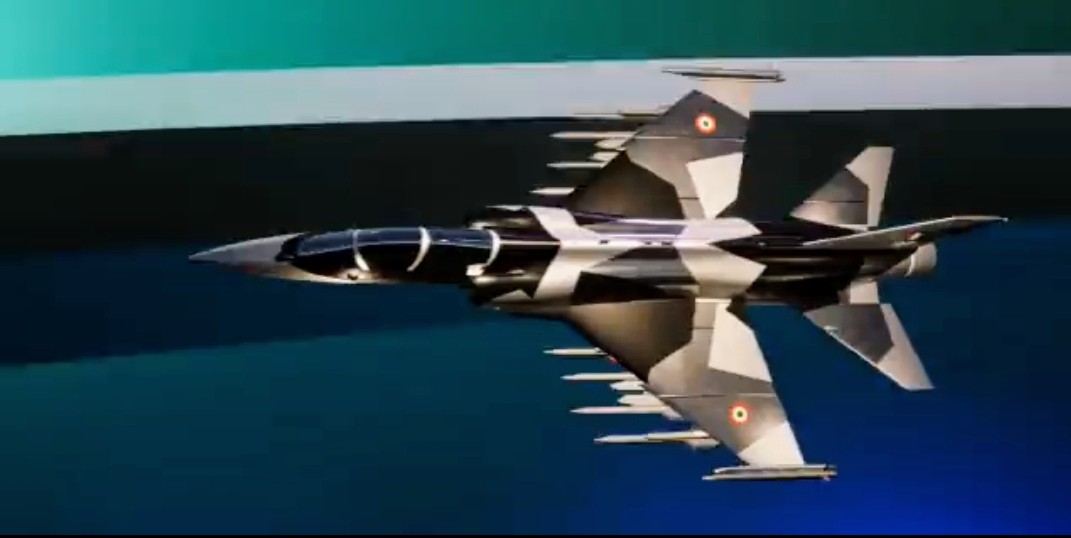

India’s Hindustan Aeronautics Limited (HAL) has been a prominent player in the development of indigenous defense technologies, including the Light Combat Aircraft (LCA) Tejas, which has gained significant recognition. HAL’s proposed new aircraft, the HLFT-42 (Hindustan Lead-in Fighter Trainer), is designed to serve as a supersonic trainer and light fighter aircraft. While the aircraft is still in its conceptual phase, it is expected to play a pivotal role in providing advanced training to pilots before transitioning to more complex fighter jets.
However, the HLFT-42 could face substantial challenges in the global defense export market. The emergence of cheaper, more advanced supersonic fighter trainers, such as the T-7 Red Hawk from Boeing and Hurjet from Turkey, presents a formidable threat to the HLFT-42’s success in international markets.
Continue readingSOURCE: AFI
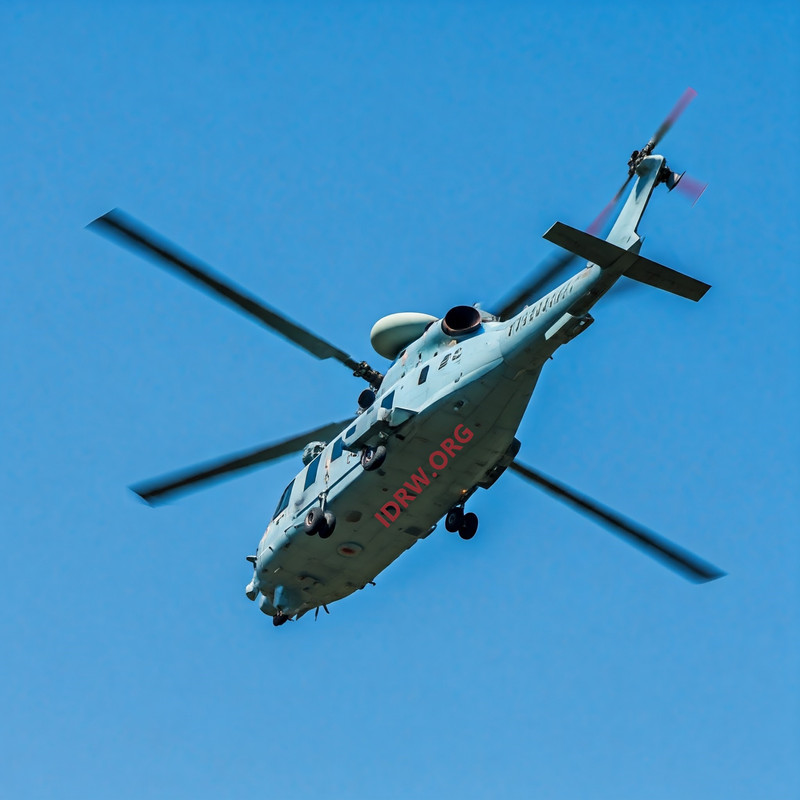

The Deck-Based Multi-Role Helicopter (DBMRH) is set to revolutionize India’s naval aviation capabilities as a specialized naval variant of the Indian Multi-Role Helicopter (IMRH). Designed to meet the diverse operational requirements of the Indian Navy, the DBMRH will incorporate advanced technology, including a planned Airborne Early Warning (AEW) variant equipped with a state-of-the-art radar system. This radar system’s technical specifications promise to enhance situational awareness and operational efficiency.
The DBMRH’s AEW variant, equipped with this advanced radar, will serve as a force multiplier for the Indian Navy. It will enable the detection and tracking of airborne and surface threats, support maritime domain awareness, and provide early warning of potential adversarial activity. These capabilities will significantly enhance fleet protection, maritime surveillance, and network-centric warfare.
Continue readingSOURCE: AFI


In an intriguing blend of traditional ingenuity and modern warfare, the Indian Army has introduced tractor-mounted Anti-Tank Guided Missiles (ATGMs), igniting debates on platforms like X about whether this is a case of resourceful ‘Jugaad’ or a strategic move to evade drone detection in potential border conflicts.
The term ‘Jugaad’—Hindi for an innovative fix or a makeshift solution—has often been used to describe India’s knack for improvisation, particularly in challenging scenarios with limited resources. The use of farm tractors to mount ATGMs is seen by some as a reflection of this philosophy. With the Indian military facing budget constraints and delays in procuring state-of-the-art armored vehicles, the tractor-based system represents a cost-effective, quick-to-deploy solution. This approach allows the army to enhance its anti-tank capabilities without the need for extensive investment in new military hardware.
Continue readingSOURCE: RAUNAK KUNDE / NEWS BEAT / IDRW.ORG
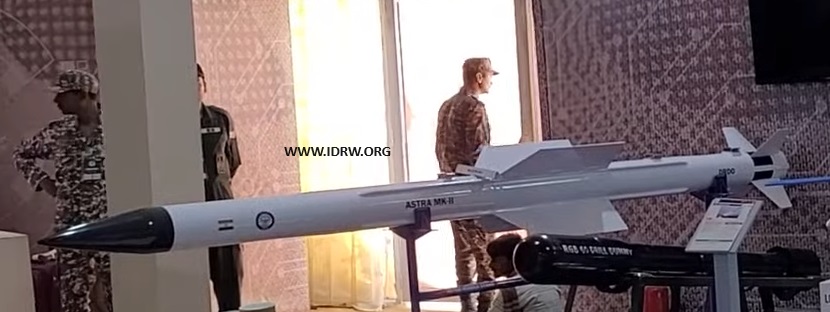

India’s Defence Research and Development Organisation (DRDO) is making significant strides in the development of its next-generation Beyond Visual Range Air-to-Air Missile (BVRAAM), commonly referred to as the Astra MkIII. Building on the success of its predecessors, the Astra MkI and MkII, this new variant aims to enhance India’s air combat capabilities by incorporating cutting-edge technology and achieving longer engagement ranges.
The Astra MkIII introduces a ramjet engine, a propulsion system that provides sustained thrust over longer distances, enabling the missile to maintain high speeds and manoeuvrability during mid-course flight. DRDO has completed successful ground trials of the missile system and is now preparing for air trials using the Su-30MKI as the testbed platform.
Continue readingSOURCE: RAUNAK KUNDE / NEWS BEAT / IDRW.ORG


The Indian Air Force (IAF) is actively seeking to collaborate with domestic private sector companies to secure the future of its Mirage 2000 fleet by focusing on the local manufacturing of spares for the SNECMA M53 engine. This engine, an afterburning turbofan developed by Snecma (now part of Safran Aircraft Engines) for the Dassault Mirage 2000, is crucial for sustaining the operational capability of the IAF’s Mirage-2000 aircraft until at least 2035.
The Mirage 2000, a multi-role fighter jet, has been a significant asset for the IAF since its induction in the 1980s. The SNECMA M53 engine powers these aircraft, offering versatility and high performance with its thrust capabilities. With plans to maintain the fleet operational for another decade, the IAF’s strategy includes ensuring a steady supply of engine spares and wearables, which are essential for regular maintenance and operational readiness.
Continue readingSOURCE: RAUNAK KUNDE / NEWS BEAT / IDRW.ORG


In a significant move to bolster regional connectivity within India, the Ministry of Aviation has convened round table discussions with representatives from numerous Indian airline companies. The consensus from these meetings supports the development of an Indigenous regional aircraft designed for short-haul flights, with a range capability of 600-800 kilometres. This initiative reflects a broader strategy to expand India’s Regional Connectivity Scheme (RCS) under the UDAN (Ude Desh ka Aam Nagrik) program.
The absence of a government-owned airline has shifted the onus onto private-sector airline companies to help shape this initiative. According to sources speaking to idrw.org, there’s strong backing from these airlines for a made-in-India solution that can cater to the unique demands of regional air travel in the country.
Continue readingSOURCE: AFI
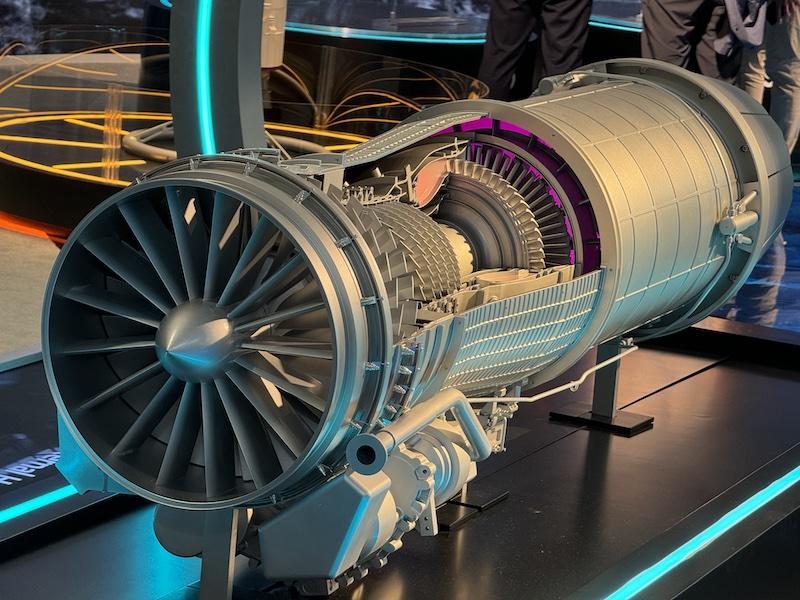

South Korea has embarked on an ambitious journey to develop its own jet engine technology for the KF-21 Boramae fighter jet, marking it as a national mission. This initiative is not only a testament to their commitment to technological self-reliance but also includes significant governmental support through tax exemptions for the project. This strategic move is aimed at reducing dependency on foreign technology, particularly from the United States, where South Korea currently sources engines like the GE F414 for its aircraft.
The decision to develop indigenous jet engines has been bolstered by a substantial investment of approximately $2.2 billion, highlighting the nation’s resolve to become a key player in aerospace technology. By designating the engine development as a strategic project, South Korea ensures that the project receives financial incentives, thereby fostering innovation and local industry growth.
Continue readingSOURCE: AFI


In a forthright interview with ANI, retired Air Marshal Dilip Kumar Patnaik has sharply criticized the acquisition of Predator Unmanned Aerial Vehicles (UAVs) by India, labeling them as “costly toys” unsuitable for operations in contested airspace. His comments bring to light significant concerns regarding the strategic and tactical utility of these drones in light of India’s regional security challenges.
Patnaik, who has a distinguished career including command over major military operations, argued that the Predator UAVs are not designed for environments where adversaries like China and Pakistan might challenge air superiority. “These drones can only be used effectively in un-contested airspace,” he stated, suggesting that their operational limitations make them vulnerable in scenarios where air defense systems are active.
Continue readingSOURCE: AFI


A stark and controversial warning sign erected by the Indian Navy near its gate in front of Dabolim Airport has stirred significant attention and surprise among locals and tourists alike. The sign, which reads “DEFENCE LAND TRESPASSERS WILL BE SHOT SURVIVORS WILL BE SHOT AGAIN,” has become a point of discussion and concern in the coastal state known for its laid-back vibe and tourist-friendly environment.
The sign, placed prominently to deter any unauthorized entry into naval property, highlights the military’s stringent security measures. Dabolim Airport, which operates from the Indian Navy’s INS Hansa base, is no stranger to military oversight, but the explicit nature of the warning has caught many off-guard. The dual use of the facility for both military and civilian purposes has often led to a delicate balance between security and public access, but this sign has brought that balance into sharp relief.
Continue readingSOURCE: AFI
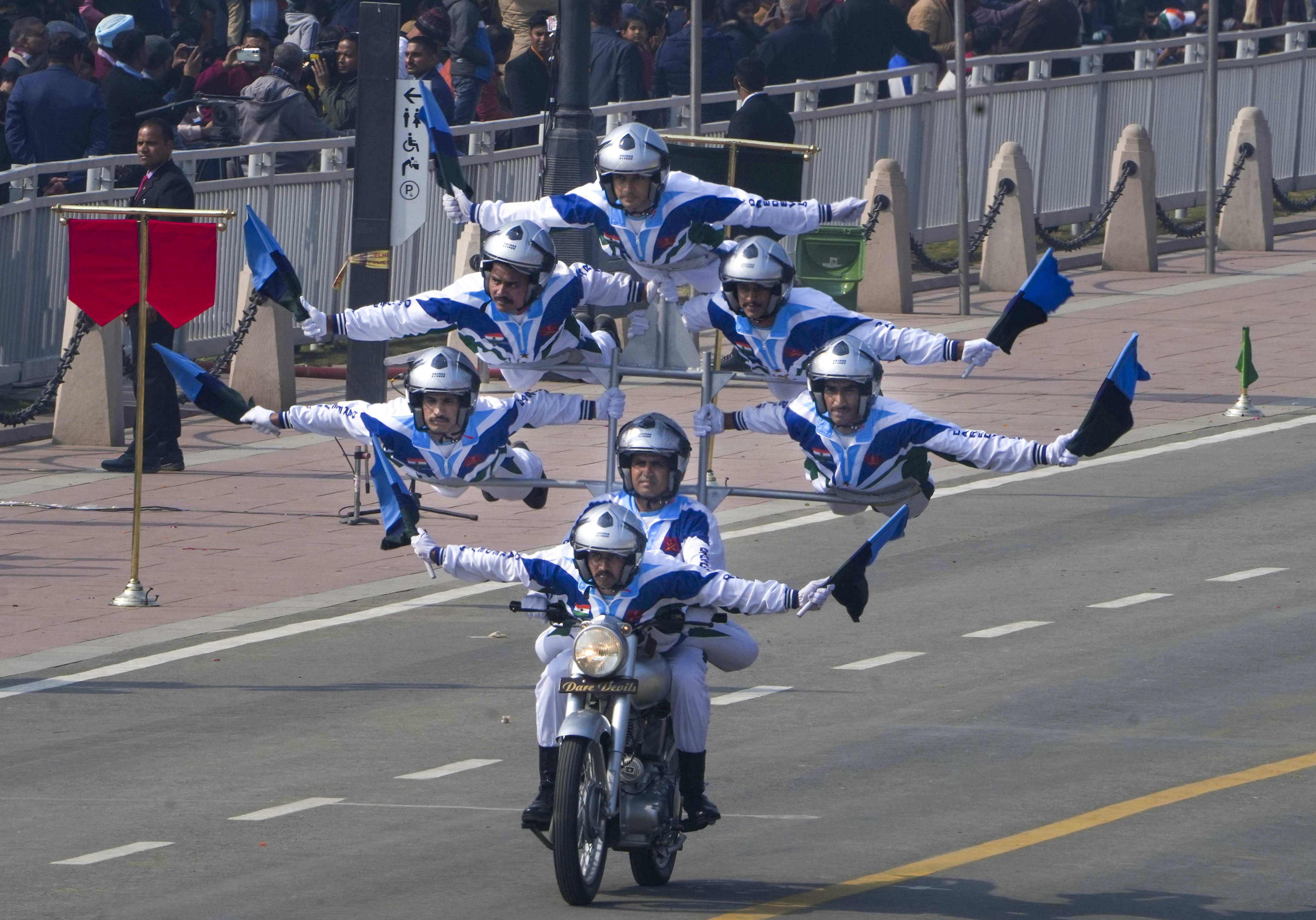

In an era where modernization and indigenization are at the forefront of India’s military strategy, members of the Indian defence community are pushing for a significant cultural shift within the armed forces. They are calling for the elimination of certain colonial practices that have persisted since the British Raj, with one particular tradition drawing both criticism and ridicule from both domestic and international observers.
Among the practices under scrutiny are the elaborate motorcycle stunts performed by soldiers during ceremonial events and artillery drills. These displays, reminiscent of the British colonial era’s pomp and circumstance, involve soldiers executing acrobatic feats on motorcycles, often in full military regalia. While these performances might once have been seen as demonstrations of skill and discipline, they are now viewed by many as anachronistic and somewhat embarrassing relics of a bygone era.
Continue readingSOURCE: IDRW.ORG


In an exclusive statement to idrw.org, an official deeply versed in jet engine technology has shed light on the current status and future prospects of India’s indigenous jet engine development, particularly focusing on the Kaveri 2.0 and its derivatives. The official revealed that while advancements have been made with the Kaveri 2.0 or its derivative versions, these engines still fall within the parameters of fourth-generation technology.
“The Kaveri 2.0 or even the derivative Kaveri engine remains fundamentally a 4th generation engine,” the official stated, emphasizing that although these engines mark a significant step forward for India’s aerospace capabilities, they do not meet the advanced criteria of fifth-generation fighter jet propulsion systems. The transition to fifth-generation engine technology, which is crucial for powering advanced aircraft like the Advanced Medium Combat Aircraft (AMCA), presents its own set of challenges.
Continue readingSOURCE: IDRW.ORG

In a significant stride for India’s defense technology landscape, Guwahati-based AvGarde Systems Private Limited has clinched the first prize in the Technology Development Fund (TDF) scheme, an initiative by the Defence Research and Development Organisation (DRDO). The accolade was awarded for their groundbreaking development, the Avgarde DroneSafe system, which represents a pivotal advancement in counter-drone technology.
Avgarde’s DroneSafe system is engineered with a high-performance X-Band micro-doppler detection radar, which is central to its capability to detect aerial threats with high precision. This system is not just about detection; it’s a comprehensive solution that integrates tactical jamming and a GNSS spoofing module to enact real-time soft-kill countermeasures. These features ensure that DroneSafe can effectively neutralize potential threats without causing physical harm or collateral damage, aligning with modern warfare’s ethical considerations.
Continue readingSOURCE: AFI


The Light Combat Aircraft (LCA) Tejas has long been hailed as a success story of India’s aerospace industry, developed indigenously by Hindustan Aeronautics Limited (HAL) under the aegis of the Defence Research and Development Organisation (DRDO). The Tejas Mk1, the first variant of this aircraft, was cleared for production by the Indian Air Force (IAF) in 2013, after years of testing and development. However, despite the initial clearance and optimism surrounding the aircraft, the IAF’s orders for the Tejas Mk1 were limited.
This limited order volume, combined with various internal and external challenges, resulted in a slower-than-anticipated production pace and a series of strategic missteps that impacted the Tejas program.
Continue reading